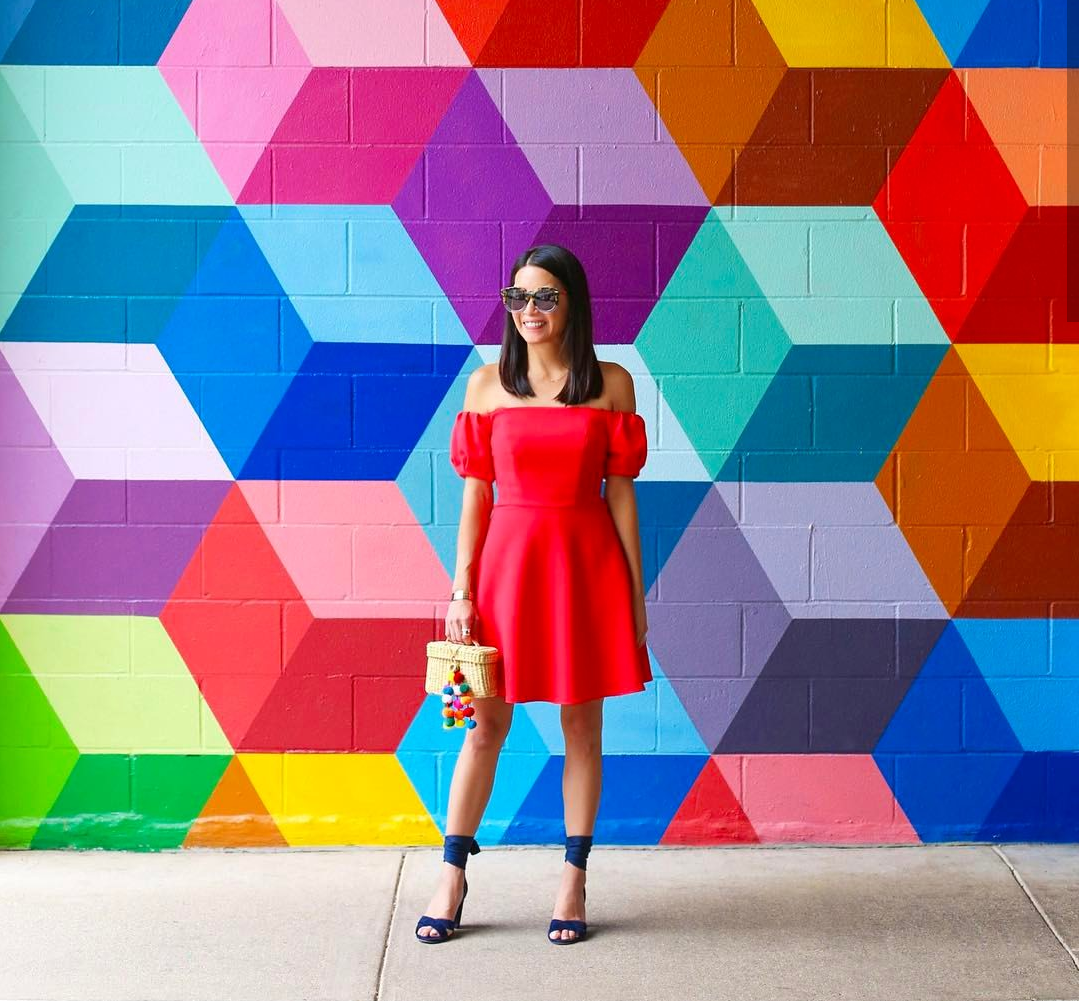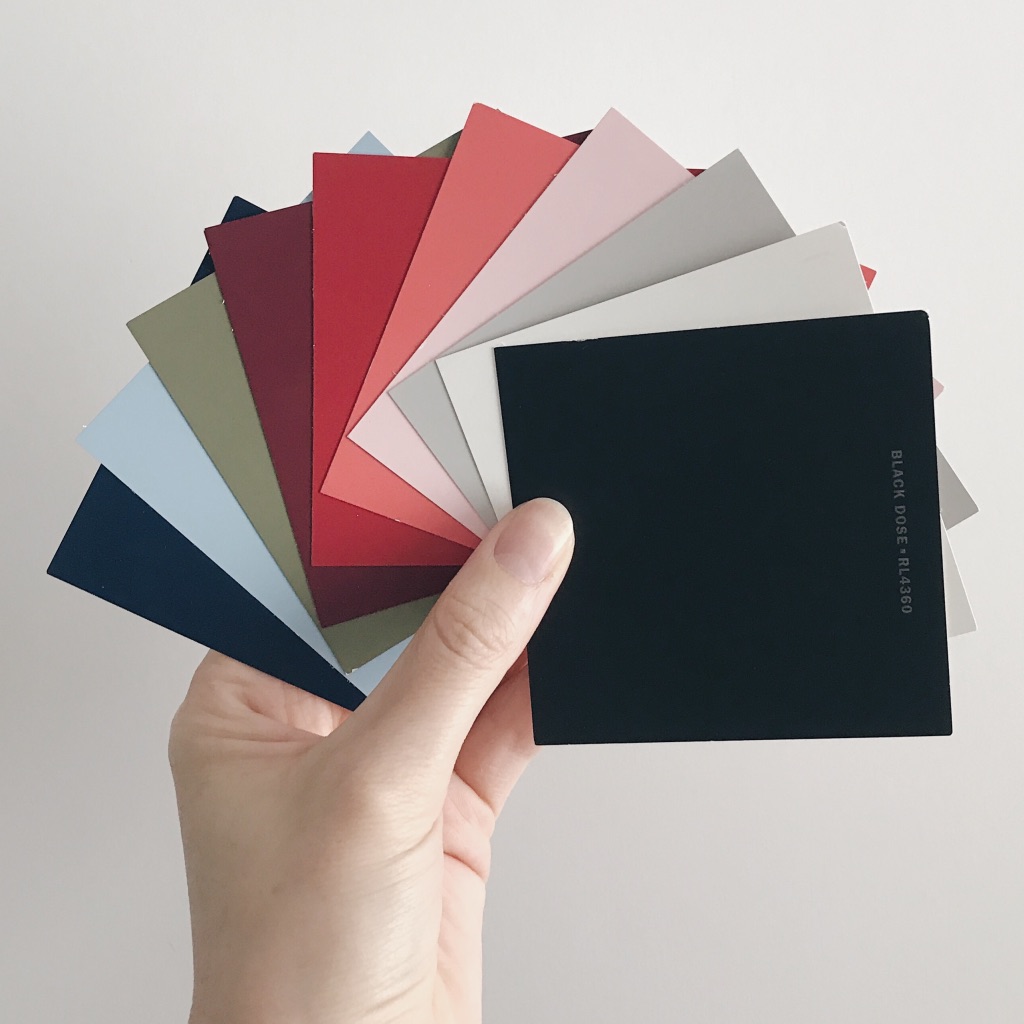Building a cohesive wardrobe all starts with the age old theory of mixing and matching, and achieving this kind of unity in your wardrobe is much simpler when you have a colour palette to guide you.
A sustainable wardrobe of pieces that work together means you need less items to create more outfits…who can say no to that?!
Colour analysis can be highly subjective, how each person views colour will vary. Ultimately your colours need to align with your personal preferences and directly relate to your inner confidence.
How they make you feel is the most important factor here!
Depending on our skin colour, hair colour and ultimately our DNA, all of us can be considered to have either a cool or warm undertone. So it’s helpful to first discover how your colouring is best classified.
Deciding on your hue preferences, bright or soft, will then help guide the direction of your colour palette and ensure an easy to use finished product.
Image source: rclayton Instagram

Identify Your Undertone
To start make sure you have natural lighting, this is key! Whether you are wearing makeup or not doesn’t matter so much, go with your usual day to day beauty routine. If you are wearing makeup it should be matched to your skin tone anyway so you will get the same result. Use one or all three of the following steps to help you decide your undertone:
One
The first and usually most obvious indicator of your undertone is to decide whether a silver or gold sheath of fabric held around your neck and near your face is most flattering. Think of ‘most flattering’ as the colour that works more harmoniously with your skin tone and hair colour. Silver indicates you have cool colouring and gold indicates warm colouring. If you don’t have access to gold and silver fabric continue on to the next step.
Two
Using the palms of your hands is another great way to help determine your undertone. Holding your hands flat with palms facing up decide if you see blue, red or yellow most predominantly. If you see mostly blue then you are cool or mostly yellow then you are warm. If red is coming through strongest then lucky you, this means you can swing between cool and warm. That being said, you will almost always have a slightly stronger connection to one or the other.
Three
Another indicator can be a simple question of whether you wear gold or silver jewellery? Even if you switch it up and wear both gold and silver jewellery it’s likely you lean towards one more than the other. If you’re married, what colour are your wedding rings? Take a look at your collection of jewellery and see if one tone features more heavily. A preference for silver jewellery indicates cool colouring and gold jewellery indicates warm colouring.

Bright or Soft
The next step is to identify if your colour palette will be predominantly soft and muted colours or bright and clear colours. As well as colours being flattering, this second tier of colour analysis depends a lot on personal preference. Bright and soft colours represent different personalities and therefore it is likely you will have a preference based simply on your personality traits and/or what you wish to portray in your clothing selections.
Have a think about your personality, who and what you want to present through your colour choices and look at the dominance of colours in your current wardrobe. What you gravitate towards most will presumably be the colours, bright or soft, that you love wearing and always make you feel amazing and full of confidence.
Palette
Try to stick to 9-12 colours when putting together your core colour palette, include neutrals and different shades of colours you wear most plus one or two highlight colours. Your core colour palette is not intended to make you feel limited in the colours you can wear but rather is a great starting point to assist you in building a wardrobe that works for you and results in easy outfit creation. Keeping your colour palette in mind when shopping will help you build your ultimate wardrobe with intention and purpose, and ensure new purchases are complimentary and work back with what you already have.
With this consistency your wardrobe will easily translate into multiple outfits, not just pieces that sit alone, and the days of thinking you have nothing to wear will slowly become a distant memory!



